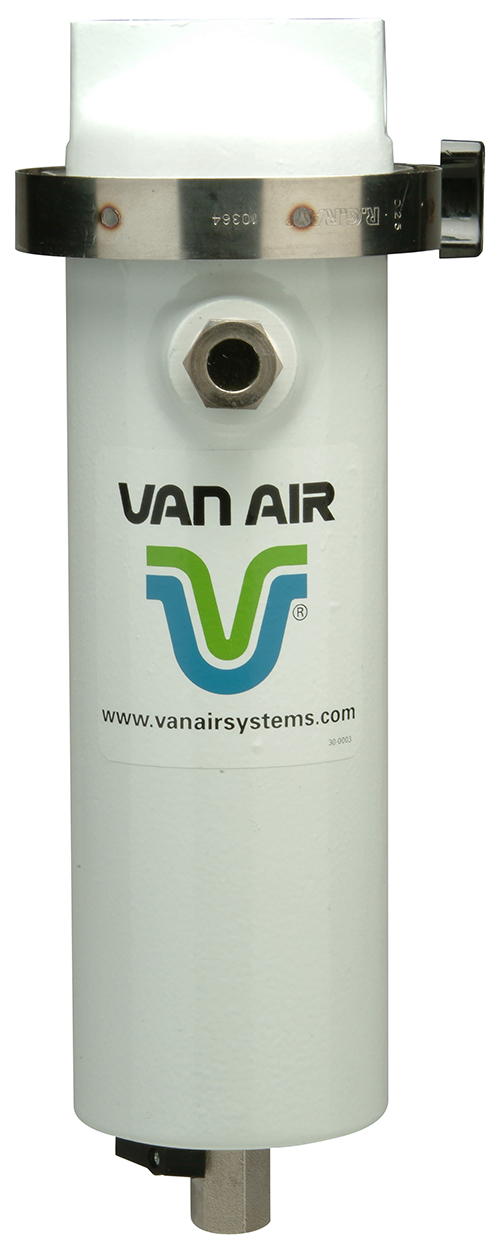Auto Body Air Dryer
Posted by Tyler on 05 09 2016
Auto body and collision repair shops need clean dry compressed air. The slightest amount of water or oil contamination in the air supply to a paint gun results in a low quality finish. Drips, fish eyes, and non-adhesion of paint to the substrate are a few indicators that you’ve got a problem with compressed air quality.
The tools for achieving clean dry compressed air are straight forward. Coalescing (oil removing) filters, dryers (desiccant or refrigerated), and condensate drains are the essential products for treating compressed air.
Picking the right compressed air dryer depends on how your shop operates. There is no “one size fits all” solution.
High Utilization – Air is flowing at or near the peak of the compressor’s output for more than 6 hours per day. This doesn’t mean that the compressor is merely powered up for this time period.It means that the paint guns (plus air tools) are in action, triggers squeezed, consuming every cubic foot the machine can produce.If you’re in this category, you’re likely use a rotary screw air compressor. You should be using a refrigerated air dryer.
Medium Utilization – Air is flowing between 4 to 6 hours per day. Again this is actual usage.You might be using a rotary or a piston compressor, depending on how your air usage is allocated.You’re also a candidate for a refrigeration dryer or the D2 dryer (pictured below). You’ll need to compare initial dryer cost versus expected operating costs. Operating costs to look at include: electricity, pressure drop (a hidden cost in any air system), consumables cost, and anticipated maintenance costs.
A D2 will consume less than one pound of Dry-O-Lite desiccant per 100 hours of paint gun operation, where that paint gun consumes 7 CFM. A pound of Dry-O-Lite desiccant will cost you between $1.50 and $2.50 per lbs., depending on where you buy it and the package size you get.
Low Utilization –Cumulative air flow is less than 4 hours per day. You almost certainly use a piston compressor.In your case, the argument against buying a refrigeration dryer becomes pretty compelling.The economics overwhelmingly point toward the use of a Moisture Boss. The simplicity of the dryer, the low pressure loss (< 1 PSI), and the minimal consumption costs will push you away from refrigeration.
I have some final (unkind) words for single vessel desiccant-type air dryers that use silica gel or activated alumina. These types of dryers are sold in great quantities by reputable brands like DeVillbis, Speedaire, Graco, and others. If you’ve been dryer shopping, you know what I’m talking about.They’re canisters with moisture adsorbing beads that change color when saturated. These dryers work well enough but should really only be considered for ultra-low utilization air systems. By “ultra-low” I mean fewer than 12 hours of operation per month. Why? These desiccants are effective but saturate very quickly, at which point they need to be regenerated (e.g. baked in an oven) or replaced. Either way it’s an expensive or time consuming maintenance regimen. The widespread use of these dryers in commercial air systems is truly a mystery and an anachronism.
I love helping people fix problems with moisture in their air systems. Send me an email or give me a call or text at 303-444-2869.


